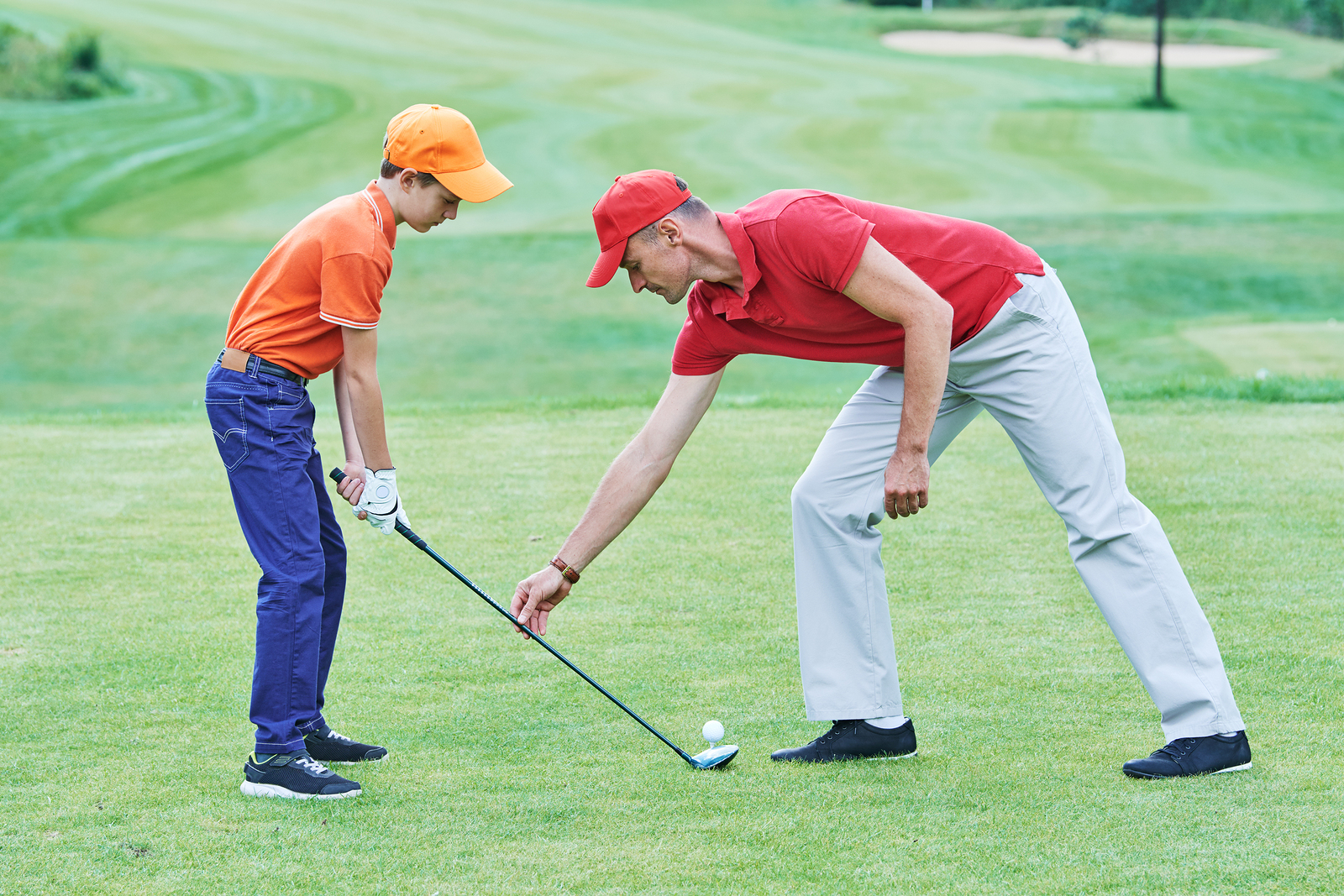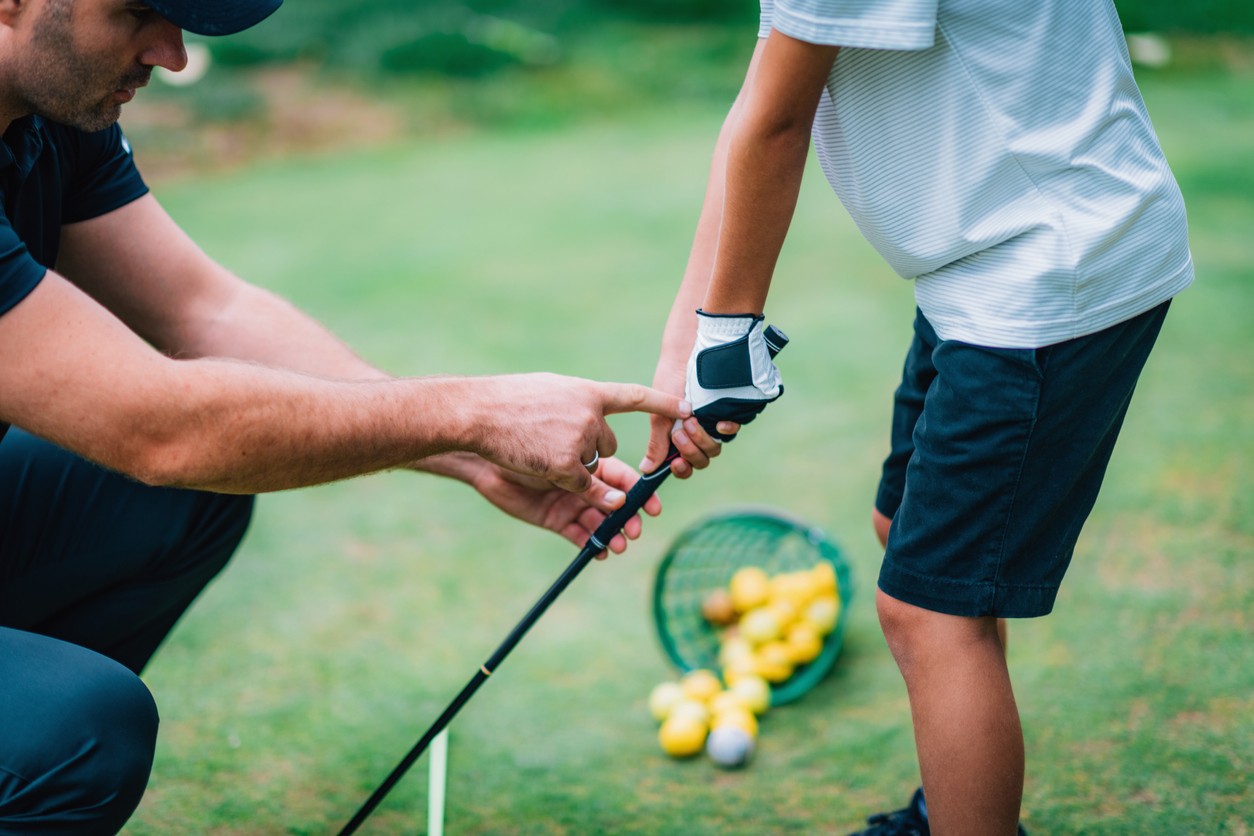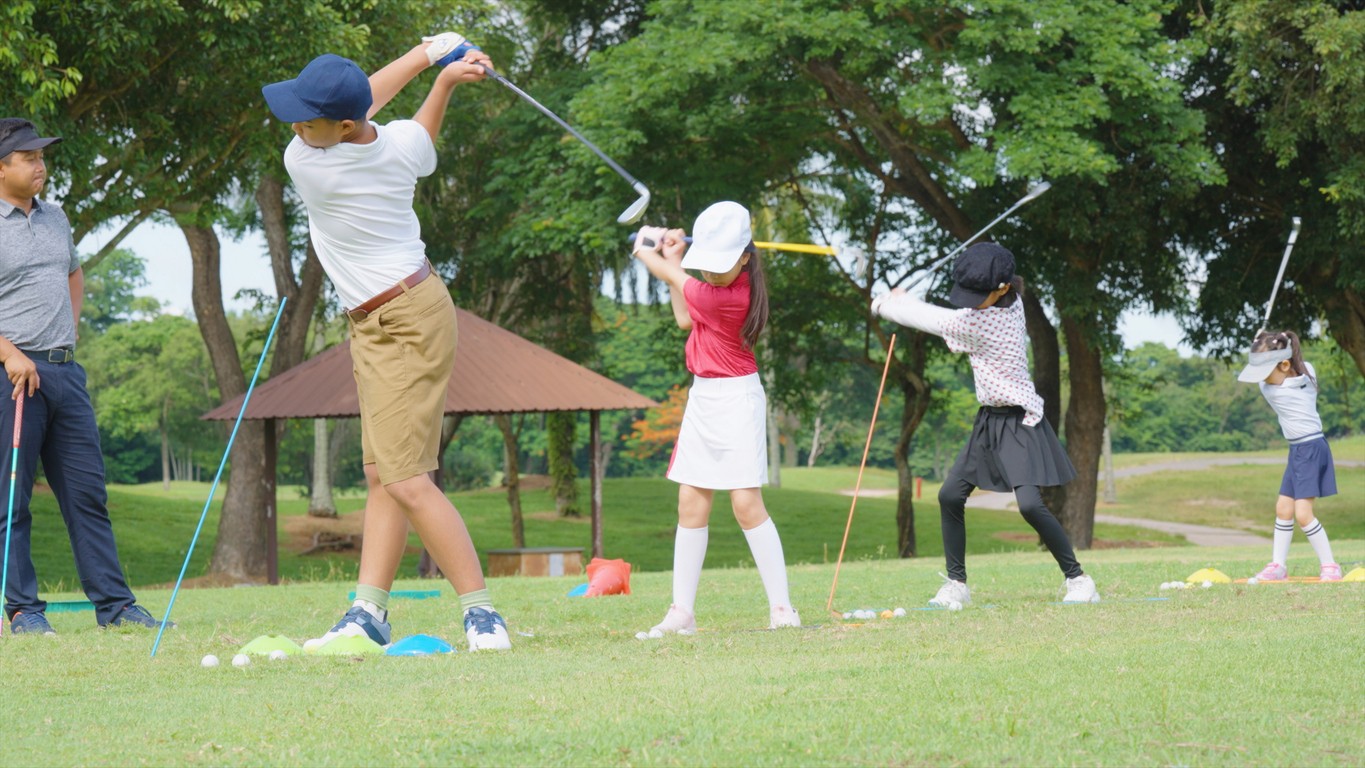Golf is often seen as a game for adults in polos and visors, but don’t let the calm exterior fool you—golf is one of the best sports a child can learn. It teaches patience, precision, etiquette, and perseverance, all wrapped into an engaging, outdoor activity that’s playable for a lifetime.
In this guide, we’ll explore why golf is ideal for kids, how to keep it fun and safe, and what every beginner needs to succeed—complete with stats and expert advice.
Golf is a Lifelong Sport for All Ages
One of golf’s greatest strengths is its accessibility across ages and abilities. It’s a sport that can be played recreationally or competitively well into senior years. For children, this means skills learned early can be nurtured and refined over decades.

Why golf is great for kids:
- Low impact: Easy on growing bodies.
- Individually paced: Children progress at their own speed.
- Teaches life skills: Integrity, patience, and responsibility.
- Family-friendly: Encourages quality time across generations.
In 2023, more than 3.4 million junior golfers (ages 6–17) participated in the U.S.—a 36% increase since 2016.
Golf is one of the few sports where children can play side by side with parents, grandparents, and friends—creating a multigenerational experience that builds both character and connection.
Start Young: The Best Time to Begin is Now
Introducing golf early helps children develop coordination and confidence before they’re old enough to feel pressure about performance.

Ideal ages for introduction:
- Ages 3–5: Focus on fun, balance, and basic movement.
- Ages 6–9: Introduce swing mechanics and rules.
- Ages 10–13: Begin structured lessons and optional competition.
According to the American Academy of Pediatrics, children ages 6 and up are developmentally ready for organized sports with rules and team structure. Golf, with its balance of structure and flexibility, is an ideal fit.
Make It Fun: How to Engage Young Golfers
The number one rule when teaching golf to kids? Keep it fun.
Children have short attention spans, so incorporating games, movement, and variety into lessons is key. Technical instruction alone can be overwhelming and boring.

Fun golf-based activities:
- Obstacle course putting
- Bullseye targets using pool noodles or hula hoops
- “Longest drive” contests (with age-appropriate clubs)
- Mini-golf competitions or trick-shot challenges
“We find that when children enjoy their early golf experiences, they’re more likely to stick with the game long term.”
— U.S. Kids Golf Academy
Research confirms that enjoyment and play are critical to youth sports retention. According to Project Play, children are more likely to quit sports if they aren’t having fun.
Golf Is a Game of Progress, Not Perfection
Golf is notoriously difficult—even the pros don’t play perfectly. That’s why it’s important to celebrate small wins and teach patience.
Kids who focus on daily improvement rather than comparison are more likely to enjoy the sport and feel motivated to continue.
Tips to reinforce progress:
- Track personal milestones (first drive over 50 yards, first par, etc.)
- Use positive reinforcement (“Great swing form!” vs. “You missed.”)
- Normalize mistakes as part of learning
“The game teaches you humility and how to handle failure. That’s why golf is such a good teacher of life.”
— Annika Sörenstam, 10-time LPGA major champion
Group vs. Individual Lessons: Which Is Best?
Every child is different. Some thrive in group environments; others benefit from one-on-one attention.

Group lessons:
- Promote peer learning and social engagement
- Are more affordable
- Keep kids energized and laughing
Private coaching:
- Personalized instruction
- Faster technical progression
- Best for competitive or highly motivated kids
Many youth golf programs, like First Tee, offer both formats and include character-building curriculum alongside golf instruction.
Golf Etiquette: Teaching Respect Early On
Golf has a strong culture of respect, sportsmanship, and self-regulation. Even young players can learn to appreciate and uphold these traditions.
Three must-know etiquette rules:
- Wait your turn before hitting.
- Stay quiet while others are swinging.
- Don’t hit until golfers ahead are out of range.
“Golf is a game of courtesy and rules. Learning etiquette early makes the course safer and more enjoyable for everyone.”
— PGA of America Youth Development Guide (2023)
Additional etiquette lessons include:
- Raking bunkers
- Replacing divots
- Saying “fore!” if a ball is heading toward others
Safety First: Golf Can Be Risk-Free with the Right Habits
Though golf is generally safe, accidents can happen—especially with young players. Proper instruction and awareness prevent most injuries.

Basic safety tips for junior golfers:
- Never swing if someone is nearby
- Always stand behind or beside others during practice
- Use clubs only on the range or course
- Protect from sunburn with hats, sunscreen, and hydration
The most common golf injuries in youth are overuse injuries, especially in the lower back and elbows, according to the Mayo Clinic.
Be sure to include warm-ups, stretching, and breaks in any practice session.
What Equipment Do Kids Really Need?
You don’t need to buy an entire junior golf set right away. Starting with the golf equipment essentials makes the game accessible without overwhelming beginners.
Starter gear checklist:
- 1–3 junior-sized clubs (putter, wedge, driver)
- A few used golf balls
- Comfortable athletic shoes or beginner golf shoes
- Lightweight glove
- Hat, water bottle, and sun protection
Brands like U.S. Kids Golf, Callaway XJ, and Tour Edge offer high-quality, affordable junior clubs.
Golf Is More Than a Game—It’s a Life Skill
What sets golf apart from other youth sports is its focus on integrity, self-discipline, and personal growth. There are no referees on the course—just rules, etiquette, and a pencil.

Kids learn:
- Honesty (self-reporting penalties)
- Responsibility (caring for equipment)
- Patience and emotional control
“Golf mirrors life. You get bad breaks from good shots; you get good breaks from bad shots—but you have to play the ball where it lies.”
— Bobby Jones, golf legend
Resources for Getting Started
Looking for programs to introduce your child to golf? Try these beginner-friendly organizations:
- First Tee: Golf + life skills education
- U.S. Kids Golf: Clubs, tournaments, and coaching
- PGA Junior League: Team golf for kids ages 7–17
Growing the Next Generation of Golfers at River’s Edge
Whether your child dreams of the PGA Tour or just wants to spend more time outdoors, golf offers a pathway to physical health, emotional growth, and lifelong fun.

Looking for the perfect place to introduce your child to golf? River’s Edge Golf Course in Bend, Oregon, offers a welcoming and scenic environment for junior golfers of all skill levels. With stunning mountain views and a family-friendly atmosphere, River’s Edge provides access to beginner-friendly tees, professional instruction, and seasonal junior programs designed to make golf fun, safe, and educational. Whether your child is picking up a club for the first time or ready to advance their skills, River’s Edge is the ideal destination to start their golf journey.
By focusing on fun, fundamentals, etiquette, and safety, you’ll be giving your child much more than a sport—you’ll be giving them a set of values and experiences they’ll carry forever.
References
- American Academy of Pediatrics. (2019). Organized Sports for Children and Preadolescents. Retrieved from https://www.aap.org
- Aspen Institute Project Play. (2019). State of Play 2019. Retrieved from https://www.aspenprojectplay.org
- First Tee. (2024). Youth Golf Programs. Retrieved from https://firsttee.org
- Mayo Clinic. (2022). Golf injury prevention. Retrieved from https://www.mayoclinic.org
- National Golf Foundation. (2024). Golf Industry Report. Retrieved from https://www.ngf.org
- PGA of America. (2023). Youth Golf Development Guidelines. Retrieved from https://www.pga.com
- U.S. Kids Golf. (2023). Junior Golf Club Sizing Guide. Retrieved from https://www.uskidsgolf.com
